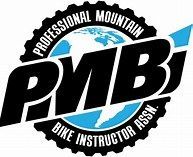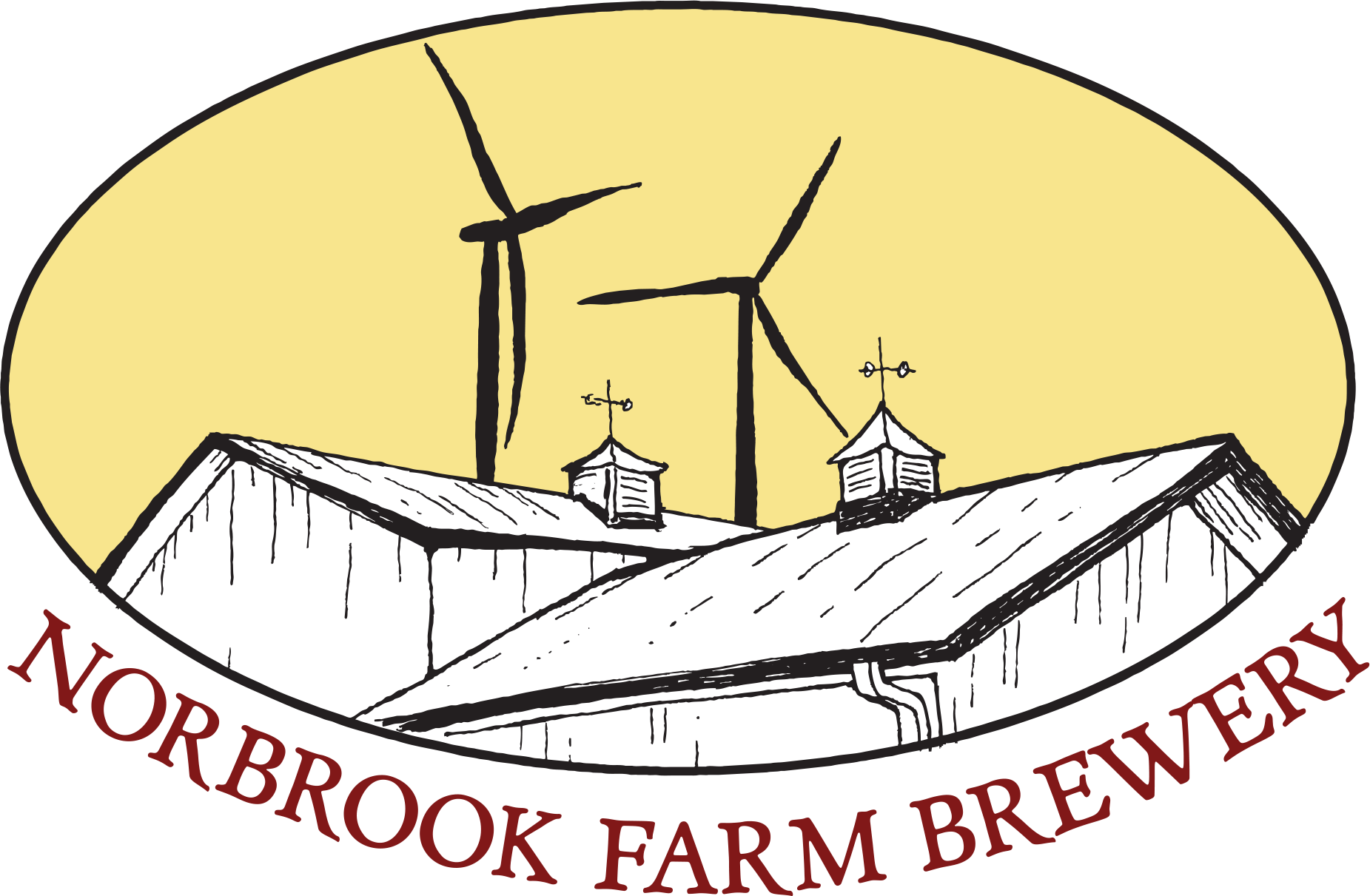MTB Suspension For Beginners
Mountain Bike Suspension For Beginners

Without suspension, a mountain bike today would be comparable to a car without power steering. On rough, rooty, or uneven trails, suspension enhances control and traction while also making your ride considerably more comfortable. Mountain bike suspension is one of the first parts that riders look to update and receives some of the most media attention and technological advancements. If you're looking to upgrade or purchase your first mountain bike, you should be aware of these fundamentals. An overview of mountain bike suspension is provided here.
Different Types of Mountain Bike Suspension
Mountain bike suspension varies greatly depending on the type of bike, whether it is a hardtail with only front fork suspension or a complete suss machine with an additional rear shock absorber. Travel, rigidity, ability to absorb shock, quality, and weight. The price of a mountain bike, which may reach hundreds or even thousands of pounds, will be influenced by all these aspects, which can vary depending on the type of mountain biking the bike is made for. The more popular Air technology suspension, which uses compressed air to act as the spring, and Coil suspension, which, as its name suggests, employs a metal coil as the spring, are two further categories of mountain bike suspension in addition to the front and rear varieties. These various suspension technologies can be found in pairs or as a mix on full-suspension mountain bikes, typically with coil in the back and air suspension in the front. Let's quickly review the two MTB dumping technologies.
Air MTB Suspension
These forks are mostly used for cross-country, trail, and all-mountain riding, though not entirely. In other words, downhill or freeride mountain biking competitions need anything that won't necessitate extremely extensive travel times. In most cases, it's a better option for a bike that needs to be ridden quickly and aggressively in a variety of terrain.
Pros
- Weight: When compared to coil, an air springing system is typically lighter.
- Adjustability / Setting - Spring stiffness and rider weight can be simply modified. A shock pump is all you require. Modern, more sophisticated systems don't even need this, however they might be less dependable. You may stiffen up the high and low-speed damping adjustments on certain air shocks for park riding, relax them for sloppy, gravelly descents, or set them up to provide adequate pedaling for trail use while still providing enough performance to enjoy the downhills.
- Variety: You have access to a wide range of models and prices.
- Technology - Air suspension provides several advantages over coil systems for the average rider, but not only, as a result of continually improving technology.
Cons
- Progressive Spring Rate - Although better suspension system designs have previously addressed this problem, on stronger impacts, the suspension might stiffen and lose its smoothness because the more an air spring is compressed, the stiffer or harder it becomes.
- Stiction - During the initial phase of the compression cycle, the positive air spring can also have an impact on how smoothly the suspension operates. To move the spring, it may take a strong blow. The addition of the negative air spring, which preloads the suspension against the positive spring and makes it more flexible in reaction to smaller hits, has also been used to address this issue.
Coil MTB Suspension
These forks are mostly used for cross-country, trail, and all-mountain riding, though not entirely. In other words, downhill or freeride mountain biking competitions need anything that won't necessitate extremely extensive travel times. In most cases, it's a better option for a bike that needs to be ridden quickly and aggressively in a variety of terrain.
Pros
- Smoothness - Unlike an air fork, coil suspension is smoother since the spring rate doesn't "ramp up" even on the greatest jumps. Even though you might not notice the increase in air suspension technology, most skilled riders will probably notice the slight change.
- Service and maintenance are easier with coil suspension. All you'll need to keep them going is a few seals and some oil.
- Price: Typically a little less expensive than air shocks.
- Strength and Durability: Stronger and more resilient than air forks.
Cons
- Coil forks are heavier in weight. Although not much, it can make a difference for cyclists who are competitive.
- Less Adjustability - Changing the coil spring for a firmer one is necessary in order to adjust the fork for your weight. You must choose a spring rate that fits your riding style. If the terrain or path demands a different setup, you'll have to accept the tradeoff.
- Choice: There are fewer options available.














